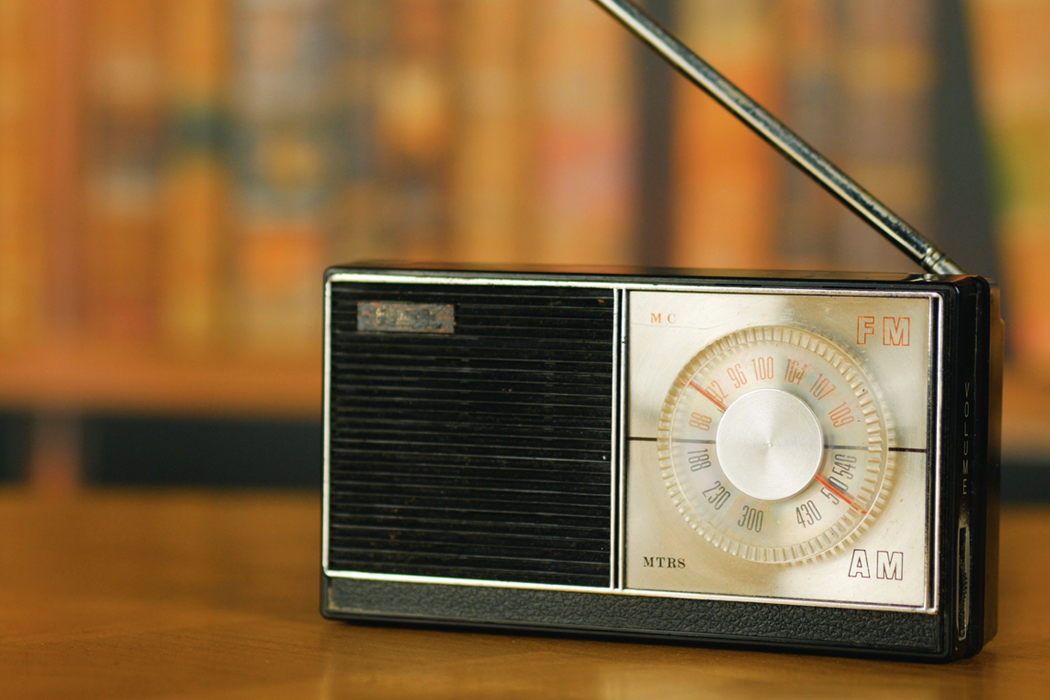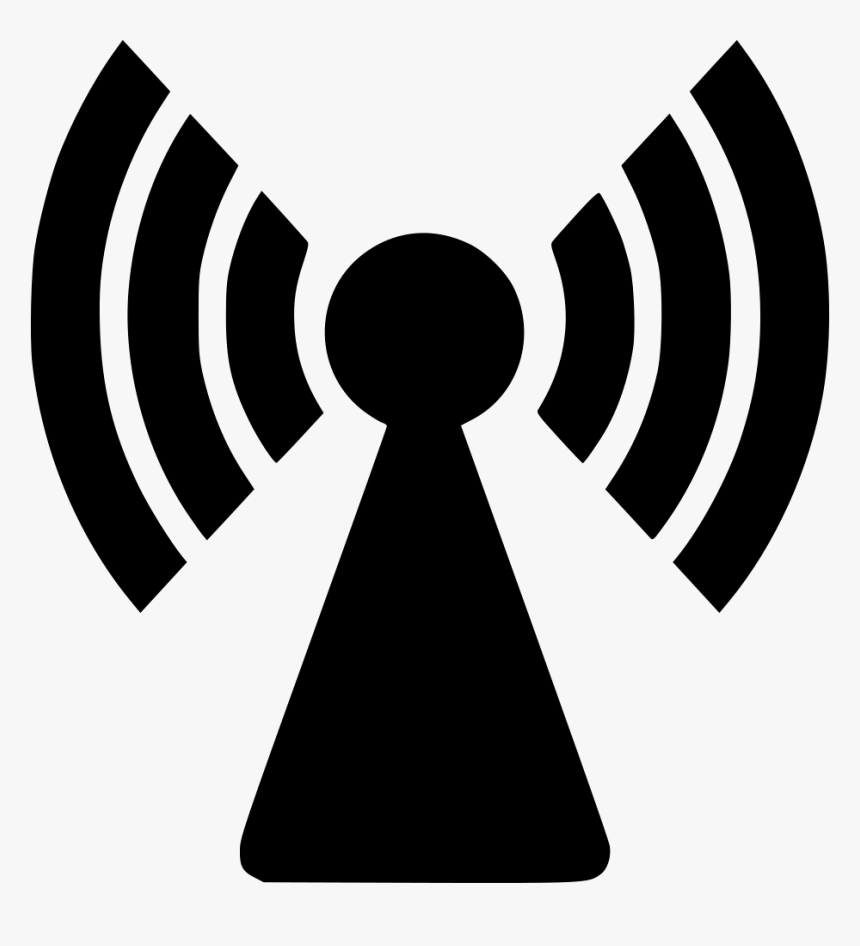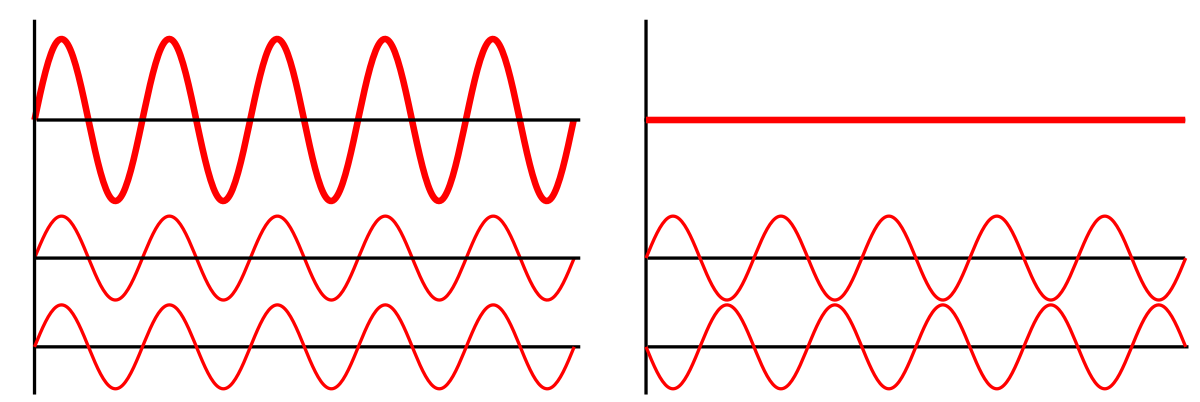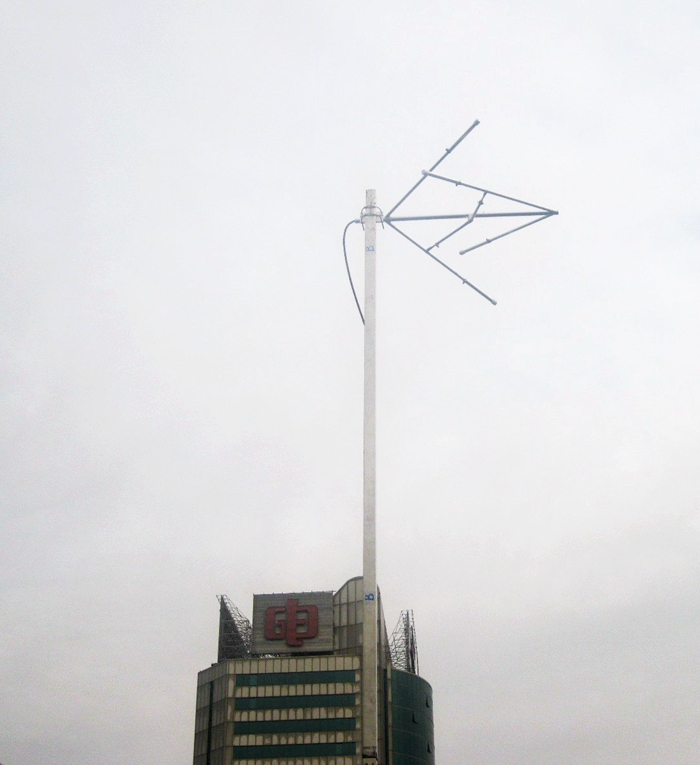Products Category
- FM Transmitter
- 0-50w 50w-1000w 2kw-10kw 10kw+
- TV Transmitter
- 0-50w 50-1kw 2kw-10kw
- FM Antenna
- TV Antenna
- Antenna Accessory
- Cable Connector Power Splitter Dummy Load
- RF Transistor
- Power Supply
- Audio Equipments
- DTV Front End Equipment
- Link System
- STL system Microwave Link system
- FM Radio
- Power Meter
- Other Products
- Special for Coronavirus
Products Tags
Fmuser Sites
- es.fmuser.net
- it.fmuser.net
- fr.fmuser.net
- de.fmuser.net
- af.fmuser.net ->Afrikaans
- sq.fmuser.net ->Albanian
- ar.fmuser.net ->Arabic
- hy.fmuser.net ->Armenian
- az.fmuser.net ->Azerbaijani
- eu.fmuser.net ->Basque
- be.fmuser.net ->Belarusian
- bg.fmuser.net ->Bulgarian
- ca.fmuser.net ->Catalan
- zh-CN.fmuser.net ->Chinese (Simplified)
- zh-TW.fmuser.net ->Chinese (Traditional)
- hr.fmuser.net ->Croatian
- cs.fmuser.net ->Czech
- da.fmuser.net ->Danish
- nl.fmuser.net ->Dutch
- et.fmuser.net ->Estonian
- tl.fmuser.net ->Filipino
- fi.fmuser.net ->Finnish
- fr.fmuser.net ->French
- gl.fmuser.net ->Galician
- ka.fmuser.net ->Georgian
- de.fmuser.net ->German
- el.fmuser.net ->Greek
- ht.fmuser.net ->Haitian Creole
- iw.fmuser.net ->Hebrew
- hi.fmuser.net ->Hindi
- hu.fmuser.net ->Hungarian
- is.fmuser.net ->Icelandic
- id.fmuser.net ->Indonesian
- ga.fmuser.net ->Irish
- it.fmuser.net ->Italian
- ja.fmuser.net ->Japanese
- ko.fmuser.net ->Korean
- lv.fmuser.net ->Latvian
- lt.fmuser.net ->Lithuanian
- mk.fmuser.net ->Macedonian
- ms.fmuser.net ->Malay
- mt.fmuser.net ->Maltese
- no.fmuser.net ->Norwegian
- fa.fmuser.net ->Persian
- pl.fmuser.net ->Polish
- pt.fmuser.net ->Portuguese
- ro.fmuser.net ->Romanian
- ru.fmuser.net ->Russian
- sr.fmuser.net ->Serbian
- sk.fmuser.net ->Slovak
- sl.fmuser.net ->Slovenian
- es.fmuser.net ->Spanish
- sw.fmuser.net ->Swahili
- sv.fmuser.net ->Swedish
- th.fmuser.net ->Thai
- tr.fmuser.net ->Turkish
- uk.fmuser.net ->Ukrainian
- ur.fmuser.net ->Urdu
- vi.fmuser.net ->Vietnamese
- cy.fmuser.net ->Welsh
- yi.fmuser.net ->Yiddish
How to boost radio signals reception ability?
FMUSER broadcasts throughout the North Country on FM. FM is a truly wonderful thing … if handled correctly. To receive and enjoy our quality programs to the fullest, you'll need the three A's of radio:
A good radio
A good antenna
A good location
If you have all three of these, you could potentially receive an FM station up to 100 miles away! However, most of us have, at best, only one of these items…
RADIOS:
For good reception, a radio must have good selectivity (selectivity is a radio's ability to separate weak stations located nearby, on the FM dial, strong stations) and good sensitivity (the ability to receive weak, distant, stations at all!)

Car Radios:
You already probably have a radio with these features. This radio is located in your automobile. Car radios have to be built to high standards to provide decent reception in a moving vehicle, in the presence of varying terrain, with a serious nearby source of interference (your engine!) … all while being bounced around on North Country roads. You've already probably noticed that FM radio reception is usually better in your car than in your house. This is partially because your car radio is probably better than your home radio.
Home/Office radios:
Most home radios have poor selectivity and sensitivity (we like to call them "junk" in the radio business). Typical $19.95 radios with analog tuning (as opposed to digital tuning, where the radio station's frequency is displayed in illuminated numbers) will work, but only near a radio station's transmitter. Most clock radios, under kitchen cabinet radios, "boom boxes" , crank-up radios, etc. just don't work very well… especially when compared to a car radio!

OK, seriously, there are a few great radios out there… yes, they do cost more than a $19.95 plastic throw-away radio… but they perform MUCH better. They sound great, and are a quality product. Today, (early 2009) I'd recommend the Boston Acoustics "Horizon Solo" clock/table radio for about $100. Or the stereo version (the Boston Acoustics Horizon Duo) for $150. Then there is the Tivoli "Model One" if you don't need a clock, and like a "retro" analog tuning dial (around $140)… or even the button-filled Sangean WR-2 (also around $140)
If you happen to have a component "stereo" system (typically separate amplifier/tuner, with separate speakers) your tuner already might have decent sensitivity and selectivity ….
Try connecting a better antenna (see below) and see how your reception improves! If you'd like to buy a state-of-the-art FM tuner (at a very reasonable price) get the SONY XDR-F1HD (under $100). Reviews have stated that this is one of the best tuners ever built! Remember that you have to have an external amplifier and speakers for this one!
ANTENNA/LOCATION LOCATION/ANTENNA ANTENNA/LOCATION LOCATION/ANTENNA
These two items are actually MORE important than the kind of radio you're using… and they are related in a big way. You can get the same reception in a bad location (using a great antenna) as you can in a good location (using a bad antenna)! But lets work on improving both!

You MUST have an antenna (of some kind) to receive any signals on a radio!
FM Radio Waves travel more-or-less in straight lines. They are weakened by objects that get between the transmitter and receiver.
LOCATION:
The closer you are located to an NCPR transmitter (check out this map) the better chance you have of receiving a clear signal from NCPR.
The higher up your antenna is located, the better chance you have of receiving a clear signal from NCPR. In other words, if your radio has a built-in antenna, it will work better in your attic, than in your basement! Or if you have an outdoor antenna, it will perform better on the roof, than on your kid's old swing-set.

If your house is on a hill, you'll get better reception than if it is in a valley.
if there is a large object between your house and the NCPR transmitter (like a mountain, for instance) you will probably receive a poor signal!
if your antenna is outside, it will perform better than if it is inside.
ANTENNA:
Someone once said that you MUST have an antenna to receive any radio reception at all, and she/he was correct! The least expensive radios ONLY have built-in antennas, with no provision for connecting an external antenna. With better radios, you have a choice.
A radio with a built-in antennaBuilt-in antennas: Even the lowliest radio has some sort of antenna… typically built-in, with typically poor performance. Most clock/table radios use the power cord as an antenna. A "walkman" or iPod with an FM radio uses the headphone cord as the antenna! Except in strong signal areas (nearby a transmitter) none of these perform very well. Signals they receive are usually variable; for example, when you walk around the room, the signal strength will change (usually for the worse!) Here's a photo of a radio with a built-in antenna:
If your radio has a built-in antenna, and you are nearly satisfied with its performance, try moving the AC power cord around… it may work slightly better draped over the dresser, instead of lying on the floor.
Wire "dipole" (usually supplied with better radios): This is a flexible wire antenna that comes packed with some radios, including the few I recommended earlier. Using this antenna will improve reception somewhat… but as with ALL antennas, it's not the perfect solution.

It is attached to the back of the radio, then "strung up" somewhere in the room as a "T"… with the two ends extended as far as possible from each other. (this is the difficult part, because who wants an unsightly wire tacked on the walls of their living room…not even me!) It is also somewhat directional; it will (in theory) pick up radio stations better perpendicular to the horizontal portion of the "T". So if you listen to several stations broadcasting from different directions this might not be ideal. (you might try snaking the antenna out a window and somehow tacking up the "T" portion outside for improved reception)

Three antenna types: rabbit ears (above left); outdoor directional (upper right); outdoor omni-directional (lower right)Telescoping antenna(s)/"rabbit ears": Some "boom boxes" and portable radios have one or two telescoping antenna rods. These perform somewhat better than the wire "dipoles" because you can move the one (or two) rods around for optimal performance. You can buy a pair of "rabbit ears" from Radio Shack for around $10.
Don't bother with other indoor antennas that do NOT have a pair of unsightly long rods with them. Circular, ash-tray sized and other types of indoor antennas are meant for UHF television and won't work very will with an FM radio.
Amplified indoor antennas:
People ask me every day (well maybe every few months) about these things. … and I guess that my answer is something on the order of "it all depends" . There are several of these available, manufactured by Terk, Audiovox and others… they are dipole or similar antennas, in an "attractive" case with a small pre-amplifier intended to boost the signal before it gets to your radio.
Technically there are several things wrong with this approach…. Typically your radio already has a very good pre-amplifier built in to its circuitry. A "dipole" antenna connected to your radio should work just as well as an amplified antenna (if your radio isn't somehow "reception challenged" that is!) The additional pre-amplification sometimes causes increased noise in the reception, especially if there are strong FM stations in the neighborhood and you're trying to receive a weak one!

On the other hand, if you can't have an outdoor antenna, and an indoor dipole or pair of "rabbit ears" is too unsightly, then a slick-looking indoor antenna might be the best for you…. However, I don't think it will "work wonders" with your FM reception…. Let me know how they work for you. Email [email protected]
Outdoor Antennas:
If you can somehow manage an outdoor antenna, this is the way to go! Apartment dwellers, renters, cave-dwellers, submarine operators…. I'm sorry, as I know you probably can't install an outdoor antenna.
The best thing for the rest of us to do is to use (or re-purpose) a TV antenna that's already on your roof. If you still use it to receive off-air TV, then get an inexpensive TV-FM splitter. Or if you've switched to cable-TV or satellite-TV, then just connect your old TV connection to your FM radio. You'll be surprised at how well this works!
If you want to install a new outdoor FM antenna, there are two types to choose from, "omni-directional" and "directional". An omni, will receive FM signals from all directions, like the Winegard HD-6010 ($20). This is a decent choice if you like to station-hop.
If you mostly listen to only one station (NCPR perhaps?) or most of the stations you listen to are located in (more or less) the same direction, or you could use an antenna "rotator", then you need a directional antenna. NCPR typically purchases $800 heavy-duty log-periodics like this puppy, but you can do almost as well yourself with a Winegard HD-6000FM ($25).
To do it yourself, "somehow" mount your new FM antenna on a metal pipe. (you can get antenna mast in 5 and 10 foot lengths). Somehow, secure the pipe to the roof or side of your house (remember the higher the better!) . You can get tripod roof mounts and wall mounts from Radio Shack as well as antenna mast. (be careful, by the way!)
If it's a directional antenna, aim it towards the station of your choice (actually its better to wait until the antenna is connected to the radio, then manually rotate the antenna for best reception and lock it down) Or purchase an antenna rotator… as well as sufficient cable to connect it to the rotator control unit, which will be inside your house somewhere.
Then you need to somehow get the signal from your antenna down to your radio. In the "old" days, a flat cable about ½" wide called "twin-lead" was all that was available. Now everybody uses round coaxial cable. Your new antenna will probably have two screw terminals on it, so you'll need a coaxial "balun" or matching transformer to connect to this type of antenna. The matching transformer will have an "F" connector on the end away from the antenna. You can purchase coaxial cable with mating "F" connectors already installed, or purchase a special crimp tool and install your own "F" connectors on coaxial cable you purchase separately.
Route the coaxial cable through the cellar, etc to the radio. Newer radios will also have an "F" connector on them… and a switch, labeled something like "internal" and "external"… connect the new cable from your new antenna to your radio, switch to "external" and hear more FM stations than you've ever heard before!
INTERFERENCE: Wait! I didn't mention interference! (However, as adults, we should at least discuss it)
The atmosphere is FULL of radiofrequency signals, some of which will conflict with each other. Here's a few examples of types of interference to NCPR we've heard about.
iPod, Satellite Radio, FM Modulator (etc) interference: This has been a BIG problem for FM radio reception. These devices are designed to let you listen to their audio through your FM radio… they have a small FM transmitter which is designed to broadcast over a very limited range on an un-used FM frequency.

You will probably notice this type of interference while driving. All of a sudden, Howard Stern will override your Morning Edition! (then disappear just as quickly) This may even happen at home, if you live in an area of heavy traffic.
What to do?
The FCC has been requiring much more stringent testing of these devices… hopefully (eventually) the older non-compliant devices will be replaced. Or if you happen to repeatedly see the same vehicle producing the same interference to your radio, you might ask the owner to switch the output frequency of his device. Or if it is you that is causing the interference … cut it out!
Interference from other stations: Typically this can be cured through the use of a radio with better selectivity. If you hear another station while trying to listen to NCPR, try listening on another radio (a car radio, for example) . If the situation improves, you probably need a better radio.
Another option is to use a directional antenna, and/or try to re-orient whatever antenna your radio uses. If you can (somehow) increase the amount of NCPR signal while decreasing the offending signal then your radio will be able to separate the two stations better.
Multi-path interference: Sometimes the same FM signal can be received by your radio's antenna from several different places, at slightly different times! For example, if there is a nearby reflective surface (like a cliff face) the signal might arrive at your antenna directly from the NCPR transmitter, then a fraction of a second later after it has "bounced" off the rock cliff face.
The radio becomes "confused" and noisy, harsh reception can occur. To cure this, try to either use a directional antenna, or try to re-orient your antenna to maximize your reception.

Other sources of interference: There are plenty of other sources of interference possible, amateur radio operators (talk to them), computers, TV's, fluorescent lights, electric fences…. Try to determine which of these sources is causing the problem and isolate it…. And/or try to improve the FM signal getting to your radio …. Get a better antenna or a better location for it.
If you want to purchase any live streaming sets or FM/TV equipments, please feel free to contact us by Email: [email protected].
You May Also Like
What is the Differences Between AM and FM Radio Signals?
What is FM ( Frequency Modulation)?
What is the Differences Between AM and FM Radio Signals?
Frequency Modulation Advantages & Disadvantages


